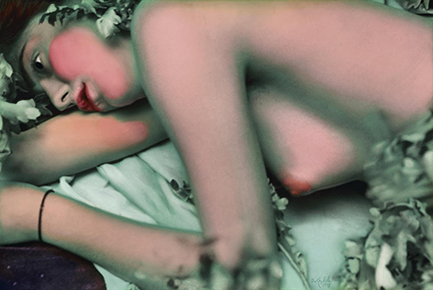 https://agencevu.com/wp-content/uploads/2021/01/00_p__OUKA7817-1998CL06_.jpg
290
433
Fanny Demichelis
/wp-content/uploads/2021/05/logo-vert-2.svg
Fanny Demichelis2018-01-18 18:04:412021-03-15 17:11:41Unelikely Pictures, 2018
https://agencevu.com/wp-content/uploads/2021/01/00_p__OUKA7817-1998CL06_.jpg
290
433
Fanny Demichelis
/wp-content/uploads/2021/05/logo-vert-2.svg
Fanny Demichelis2018-01-18 18:04:412021-03-15 17:11:41Unelikely Pictures, 2018Ouka
Ouka Leele

biography
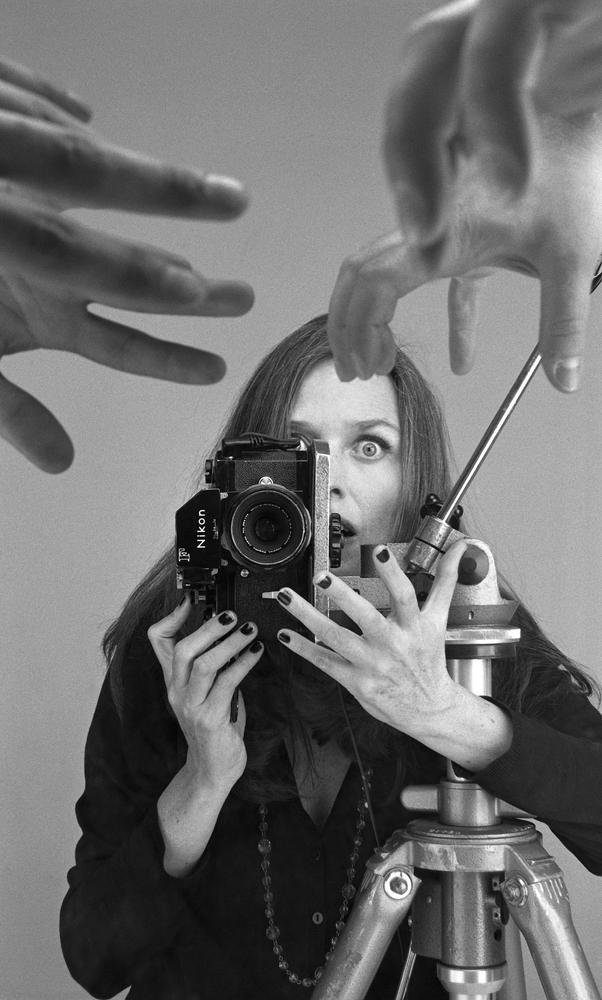
At the crossroads of photography and painting, Ouka Leele’s work has no equivalent. Composed mainly of black and white prints painted in watercolour, it can be inscribed in the tradition of the technical practice of painted prints of the late 19th and early 20th century (in Japan particularly). But the parallel stops here. For it is not a question of restoring to photographs colours that have disappeared through the use of black and white, but rather of transfiguring reality and going beyond the documentary dimension of a medium whose only vocation would be to be a mirror of reality.
First, the artist stages the world – objects or models – in compositions, still lifes or portraits, then takes a photograph. Thus begins the process of creation, with images that can each time be linked to a pictorial genre, largely nourished by an iconography close to classical painting (virgins or madonnas, draped, children reminiscent of cherubs, tables close to the Last Supper) or surrealist painting (notably that of Salvador Dali, with many improbable encounters and as many flights of suspended objects).
The world is then subverted by the photographer, as she stages it, composes it, tears it apart, creating collisions and fictional images playing with the shifts. We are already much more in the vision – dreamlike, burlesque or nightmarish – than in the effect of reality or the faithful painting: it is not the world that bursts into her lens, it is she who makes it spring, improbable and fanciful, from her imagination and then from her eye.
After this first step, she considers the photographic print as a drawing and a preparatory support: she paints it with watercolour. Nothing decorative in this exercise, it is not to “make pretty” as in many painted photographs that we have in memory. Indeed, she impregnates her images with colours that transcend, upset and sublimate reality to put it at a distance and give it a new dimension. Her work is profoundly subtle and masterful, because it disturbs our perception of the work: at first glance it is difficult to distinguish whether it is a photograph with shimmering colours or a hyperrealist painting. Sometimes his palette is adorned with tender colours, sometimes his screaming tones flirt with an assumed kitsch, the Movida period, that great cultural movement of the democratic transition in Spain. It captures the unleashing of freedom of a youth freed from the weight of convention and oppression after more than thirty-five years of Franco’s dictatorship. Moreover, his images do not fail to plunge us immediately into the cinematic production of Pedro Almodovar, a close friend of Ouka Leele, who undoubtedly drew inspiration from the artist’s works (which, moreover, appear in several of his productions) for the explosive aesthetics and fascinating colouring of some of his films.
As we can see, Ouka Leele has developed a language and a writing that belong only to her. From her playful and inventive universe emerge an undeniable pictorial mastery and unbridled creativity. This figurehead of the Movida, National Photography Prize, has pursued a prolific and poetic work that never ceases to reinvent and re-enchant the world.
Series
 https://agencevu.com/wp-content/uploads/2021/01/00_p__OUKA7817-1998CL06_.jpg
290
433
Fanny Demichelis
/wp-content/uploads/2021/05/logo-vert-2.svg
Fanny Demichelis2018-01-18 18:04:412021-03-15 17:11:41Unelikely Pictures, 2018
https://agencevu.com/wp-content/uploads/2021/01/00_p__OUKA7817-1998CL06_.jpg
290
433
Fanny Demichelis
/wp-content/uploads/2021/05/logo-vert-2.svg
Fanny Demichelis2018-01-18 18:04:412021-03-15 17:11:41Unelikely Pictures, 2018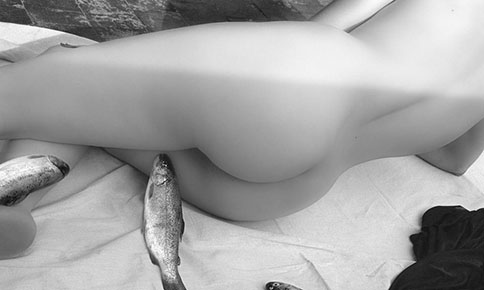
Black and White, 1999
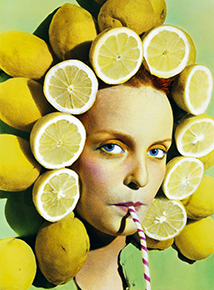
Peluqueria (Salon de coiffure), 1979

Unelikely Pictures, 2018

Black and White, 1999

Peluqueria (Salon de coiffure), 1979

Unelikely Pictures, 2018

Black and White, 1999

Peluqueria (Salon de coiffure), 1979
Interviews
Regardez voir
France Inter
—
Interview by Brigitte Patient, 2019
Brigitte Patient pour l’émission Regardez voir sur France Inter interview Ouka Leele à l’occasion de l’exposition La Movida, chronique d’une agitation, 1978-1988, aux Rencontres d’Arles 2019.
Exhibitions
Figure de la movida madrilène
—
Espace Culturel, Pau (FRANCE)
—
From June 26 to October 3, 2020
Peluqueria
—
Festival Les femmes s’exposent, Houlgate (FRANCE)
—
From June 7 to August 31, 2019
books

Photobolsillo Ouka Leele
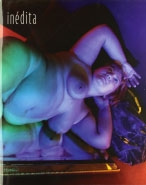
Inedita
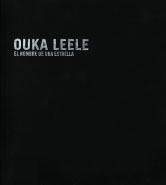
Ouka Leele, El nombre de una estrella

Pulpo’s Boulevard

En Blanco y Negro
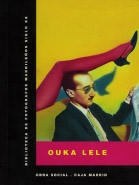
Ouka Lele
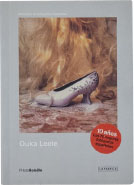
Photobolsillo Ouka Leele
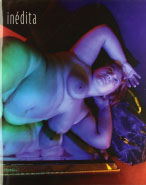
Inedita

Ouka Leele, El nombre de una estrella
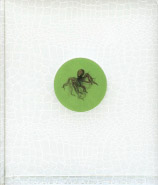
Pulpo’s Boulevard
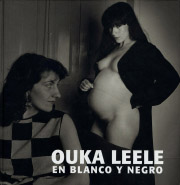
En Blanco y Negro
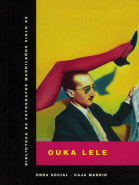
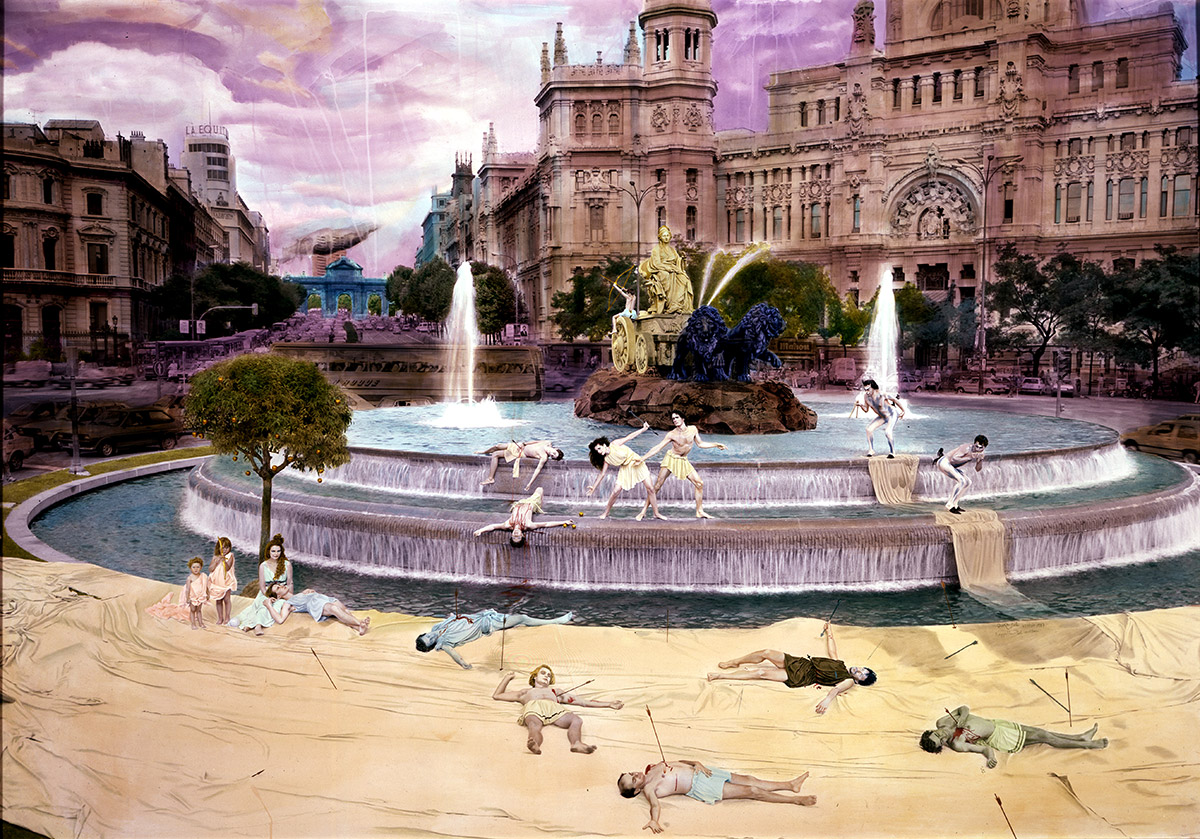
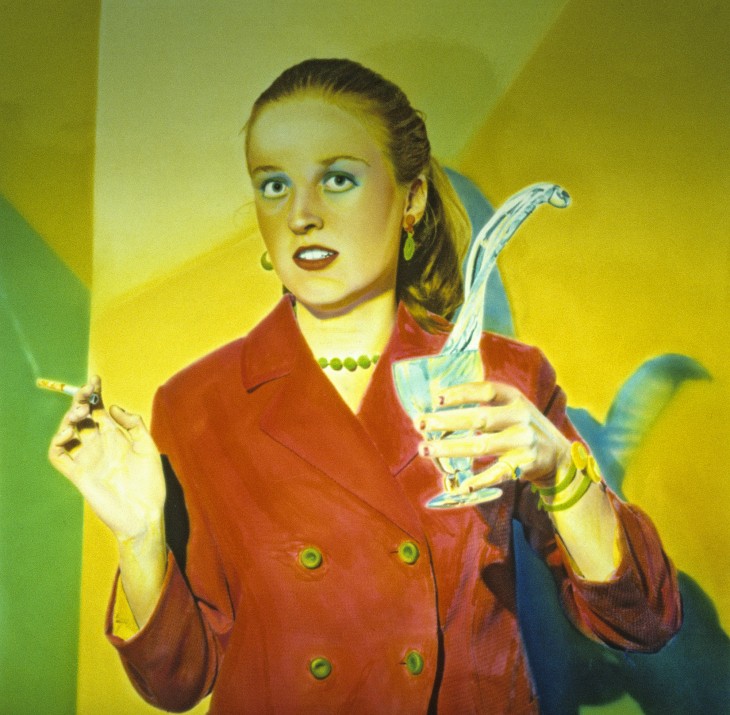





Nothing Found
Sorry, no posts matched your criteria